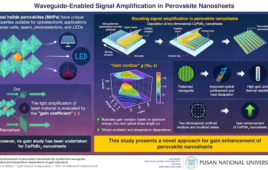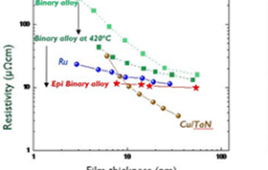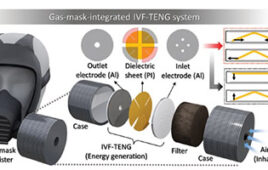 Malaria parasites invade human red blood cells, which they bring to burst and infect others. Researchers at the University of Basel and the Swiss Tropical and Public Health Institute called nano imitations of host cell membranes have developed that deceive and trick the pathogen. This could lead to novel therapeutic and vaccine strategies against malaria and other infectious diseases, as the researchers report in the journal “ACS Nano”.
Malaria parasites invade human red blood cells, which they bring to burst and infect others. Researchers at the University of Basel and the Swiss Tropical and Public Health Institute called nano imitations of host cell membranes have developed that deceive and trick the pathogen. This could lead to novel therapeutic and vaccine strategies against malaria and other infectious diseases, as the researchers report in the journal “ACS Nano”.
For many infectious diseases, there is currently no vaccine that prevents infection in advance; also be resistant to current drugs spread rapidly. In order to combat these infections therefore innovative strategies are sought with alternative mechanisms of action – as falciparum malaria parasite Plasmodium about against transmitted by the Anopheles mosquito.Malaria is still responsible for more than 600,000 deaths a year, mostly children in Africa are affected (WHO, 2012).
Artificial vesicles containing receptors
malaria parasites invade human red blood cells normally one in which they hide and multiply. Then they bring the host cells to burst and infect new cells. This cycle can be interrupted efficiently using the nano-imitations now that the vacant excitation of nano-imitations instead bind to red blood cells.
Scientists led by Prof. Wolfgang Meier, Prof. Cornelia Palivan (both University of Basel) and Prof. Hans-Peter Beck (Swiss TPH) have developed the Nano Imitate the host cell membrane and successfully tested. They developed a simple process for the preparation of polymer vesicles – tiny artificial bubbles – presenting the specific host cell receptors on their surface. The formation of such polymer vesicles incorporating a water-soluble host cell receptor was carried out by a blend of two different block copolymers. In aqueous solution, the nano-Imitate form spontaneously self-assemble.
Pathogens efficiently blocked
Usually the malaria parasites destroy their host cells after 48 hours and infect new red blood cells, where they must bind to their specific host cell receptors. Nano-imitations can now bind the passing out parasites and thereby block their invasion into host cells. The pathogens infect their host cells so no longer, but are fully accessible to the immune system.
The researchers studied the interaction of nano-imitation and the malaria parasite by fluorescence and electron microscopy in detail. It was a large number of nano-imitation bind to the parasite, and the reduction of infection was more efficient by the nano-imitations to 100 times as soluble with host cell receptors. This means that in order to block all pathogens, it needs a 100 times higher concentration of soluble host cell receptors, as if the receptors are present on the nano imitations.
“Our findings may in the future lead to new opportunities for alternative therapy and vaccination approaches,” says Adrian Najer, lead author of the study. As many pathogens, the same host cell receptor for penetration need as the malaria parasite, the nano mimetics could be used also against other infectious diseases. The research project was financially supported by the Swiss National Science Foundation and the NCCR “Molecular Systems Engineering”.
Source: University of Basel




